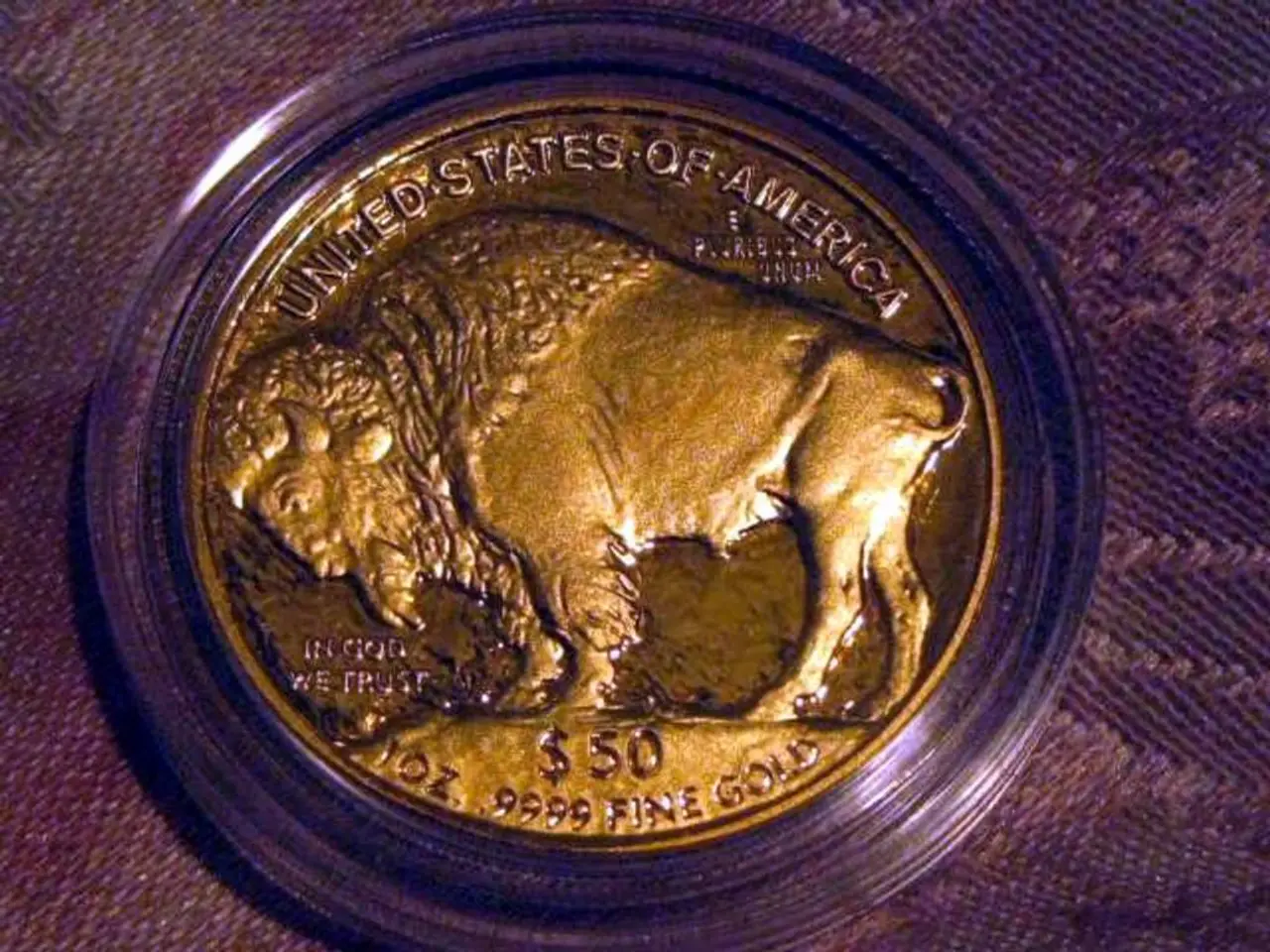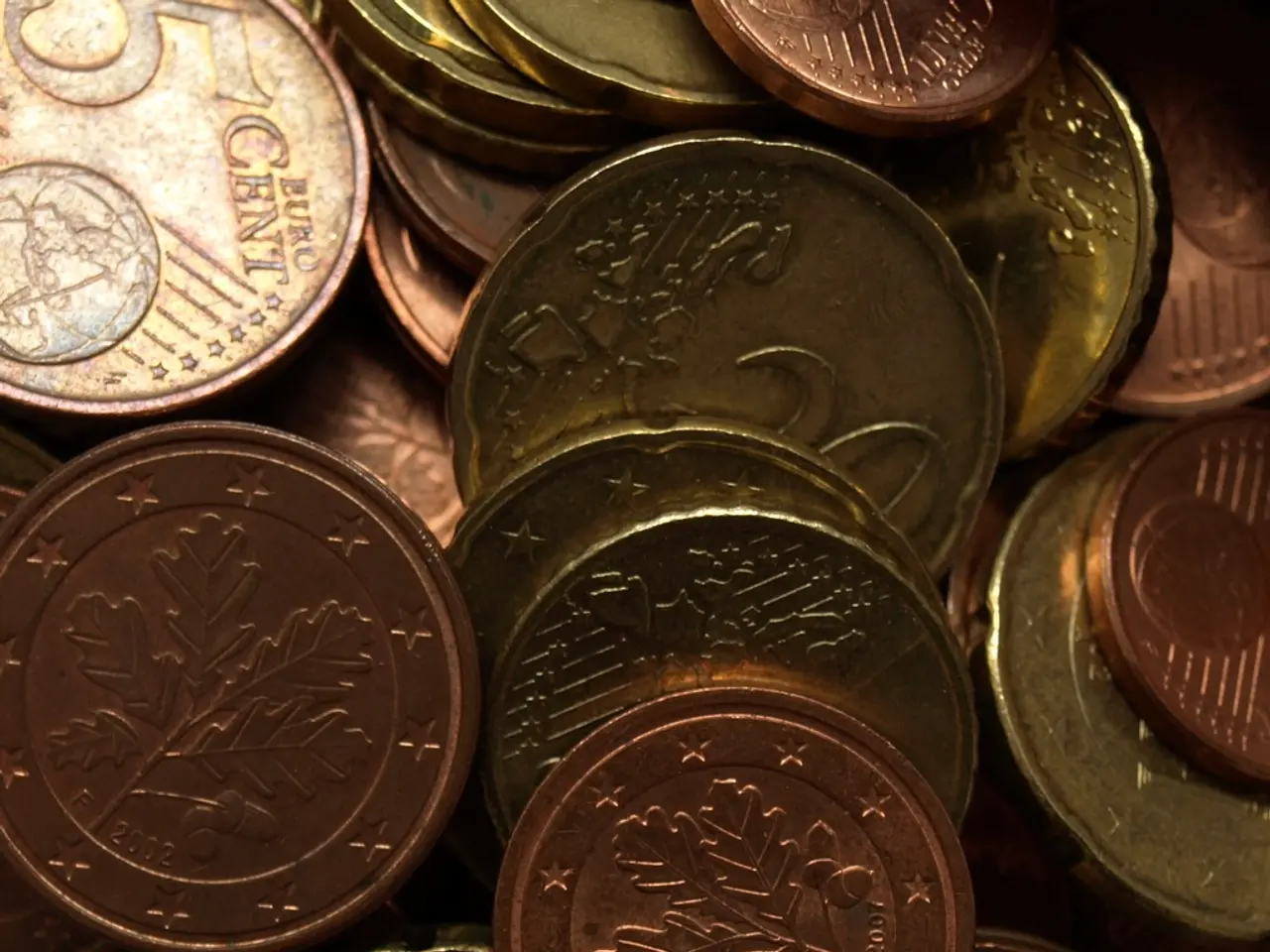Iran plans to reduce the number of zeros in its currency by a factor of 10,000, potentially resulting in a significant revaluation of the Iranian rial.
Iran's Currency Redenomination Aims to Simplify Transactions
Iran's parliament's Economic Commission has recently approved a plan to redenominate the national currency, the rial. This move, initially proposed in 2019 but delayed for years, means that 1 new rial will equal 10,000 current rials and will be subdivided into 100 gherans. The currency will retain the name "rial" after redenomination.
This redenomination is seen as a measure to address Iran’s economic challenges, which include runaway inflation, severe depreciation of the rial, and the complications caused by international sanctions. By cutting zeros, Iran intends to streamline financial and accounting processes, simplify currency exchange and financial calculations, and reduce costs related to printing and handling large-denomination banknotes.
However, it's important to note that this redenomination does not change the real value of the currency nor directly tackle the root causes of inflation. Experts emphasize that broader economic reforms addressing subsidies, sanctions, banking, productivity, and government policy will be essential to stabilize the economy and restore the rial’s strength over the long term.
The plan still requires approval by the full parliament and the Guardian Council, which reviews legislation before enactment. The timing of the final parliamentary vote remains unclear.
This redenomination is not a new concept, as countries like Zimbabwe, Turkey, and others have implemented similar measures in the past. For instance, Zimbabwe removed ten zeroes from its currency in 2009, turning 10 billion dollars into one, and Turkey removed six zeroes from its currency, the lira, in 2005, following years of high inflation.
Iran's currency, the rial, has an unfavorable image in the global economy, according to Mohammad Reza Farzin, Iran's central bank governor. The rial is currently trading at around 920,000 to the US dollar on the street market. The redenomination of the rial was first proposed in 2019 but was then shelved.
The approval of the new Economy Minister Seyed Ali Madanizadeh came after Abdolnaser Hemmati was ousted in a no-confidence vote for failing to address the country's economic woes. The US President, Donald Trump, has reinstated a policy of "maximum pressure" on Iran, and Iran suffered heavy damage during a 12-day war with Israel in June.
In conclusion, Iran's redenomination of the rial aims to ease economic transactions and symbolically bolster confidence during a period of severe economic pressure intensified by inflation and sanctions. However, the plan's success depends on accompanying comprehensive economic reforms.
The redenomination plan for Iran's national currency, the rial, is being considered by the full parliament and the Guardian Council, following its approval by the Economic Commission. This redenomination, inspired by countries like Zimbabwe and Turkey, aims to simplify financial and accounting transactions, just as Zimbabwe removed ten zeroes from its currency in 2009 and Turkey removed six zeroes from the lira in 2005. Despite these efforts, the real value of the rial remains a concern, as it is currently trading at around 920,000 to the US dollar on the street market. This redenomination comes amidst economic challenges for Iran, including severe depreciation of the rial, runaway inflation, and the complications caused by international sanctions, particularly those reinstated by the US President, Donald Trump.




